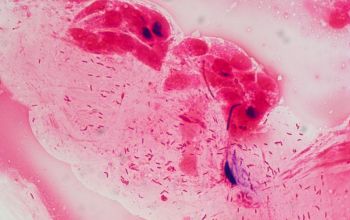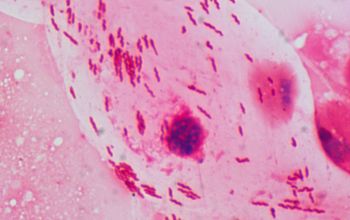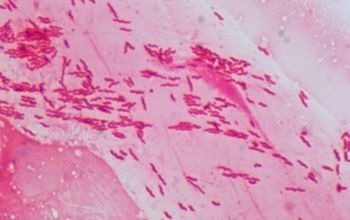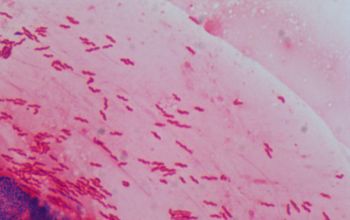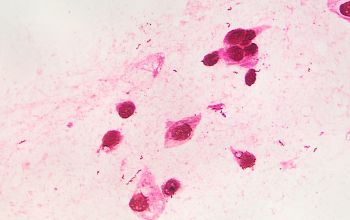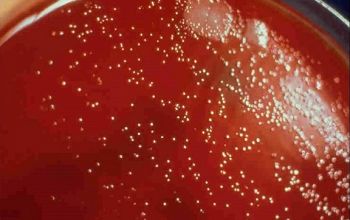Helicobacter pylori
-
General information
Taxonomy
Family: Helicobacteriaceae
Natural habitats
Gastrointestinal mucosa of primates and animals.
Clinical significance
Helicobacter appears to be responsible for most cases or chronic active gastritis, and is most common known cause of peptic ulcer disease.
-
Gram stain
Gram negative helical, curved or straight rods with rounded ends sometimes forming rare spiral shapes.
0.3-0.6 x 1-10 µm
In older culture, Helicobacter pylori cells become coccoid, with an associated decrease in ability to subculture.
-
Culture characteristics
-
Microaerophilic, require 5-10% CO2 and high humidity.
They are fastidious organism. They grow best at 37°C but not at 43°C and below 30°C. BA: translucent to pale grayish colonies of 0.5 to 1 mm in size.
-
-
Characteristics
-
References
James Versalovic et al.(2011) Manual of Clinical Microbiology 10th Edition
Karen C. Carrol et al (2019) Manual of Clinical Microbiology, 12th Edition


